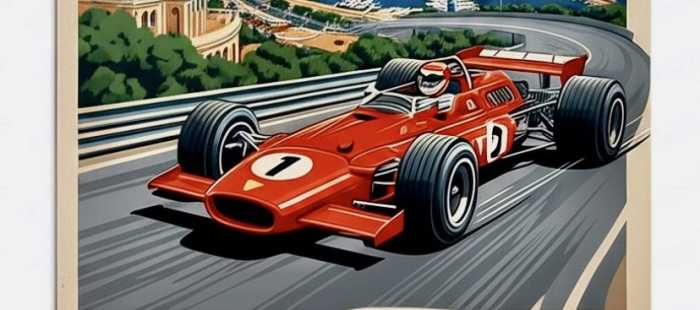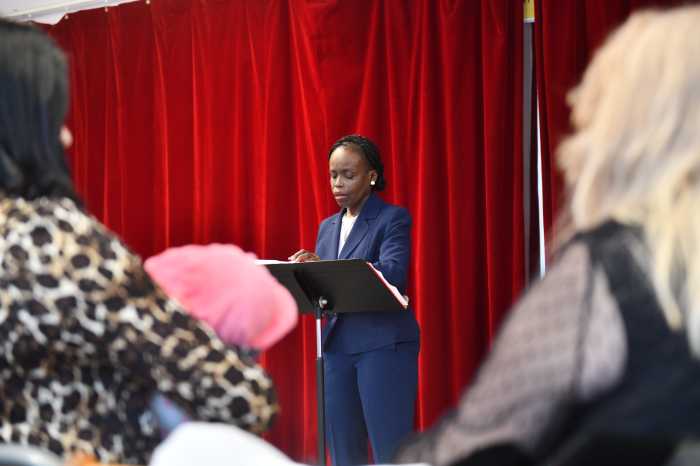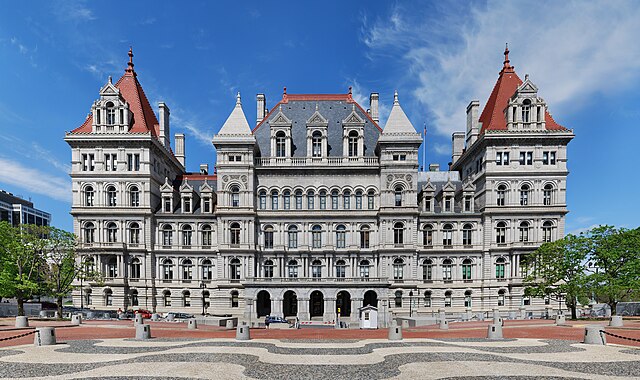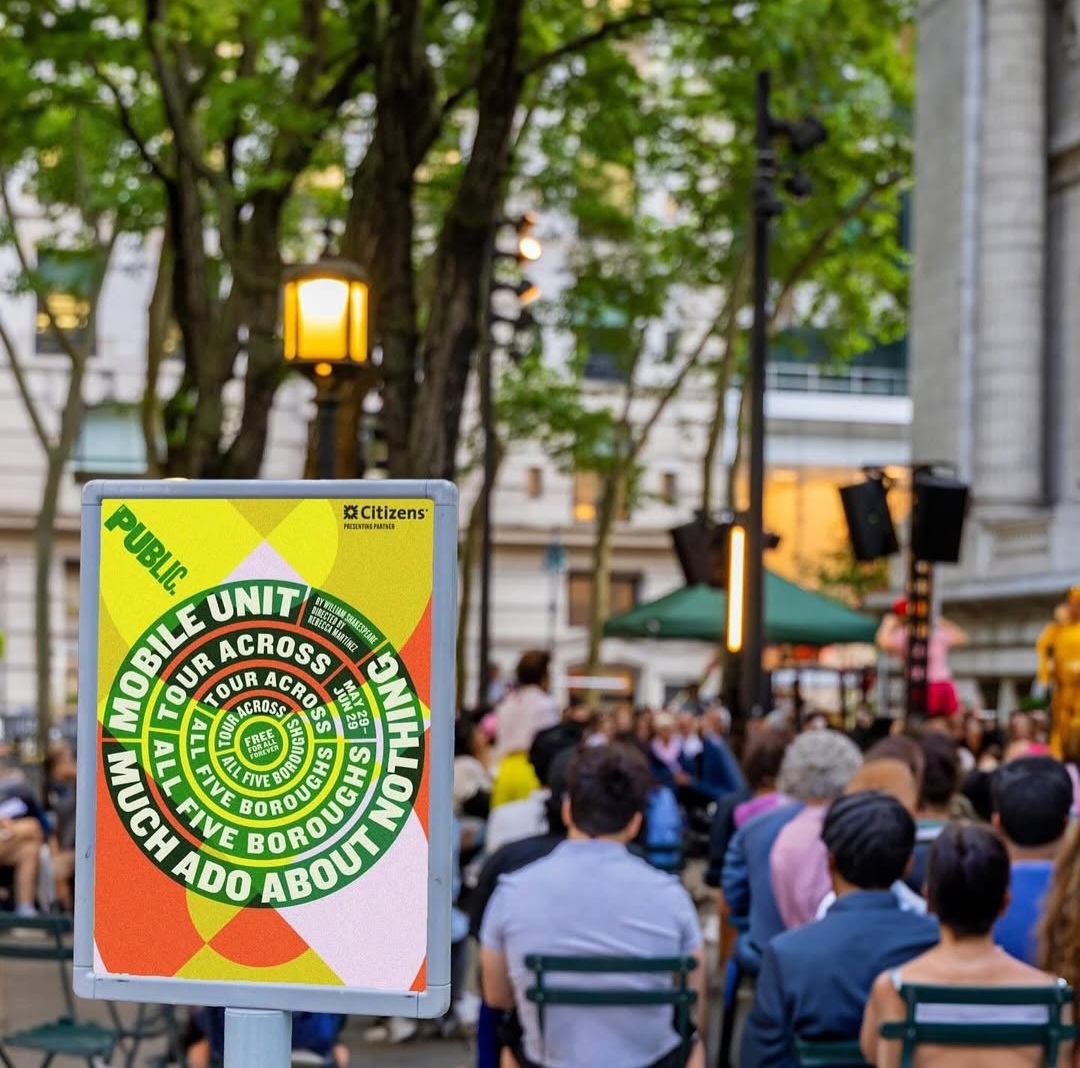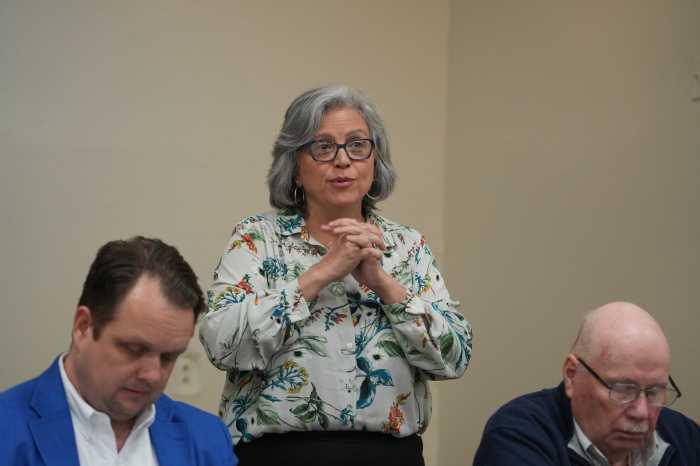By Steven Snyder
Perhaps it shouldn’t be such a surprise that screenwriters Kevin Hood and Sarah Williams have imagined a real-life Jane Austen who so closely resembles the author’s fictional heroines. After all, in the marketing minds that run Hollywood, that’s precisely why the film was green-lit: To find yet another way to rehash the various Jane Austen properties — particularly the perennially successful “Pride & Prejudice” — for a reliable, mid-summer box office smash.
To that end, they have succeeded. “Becoming Jane” is rich in the stereotypical yearnings and swoonings one would expect from a big-screen Austen interpretation, a movie that will no doubt bring a good number of teenage couples into the theater searching for that weekend’s perfect date movie. But what’s been lost amidst this formula is the potential of a deeper, moving experience — of a movie that gives the complicated, celebrated author her due as a human being.
For a woman who wrote some of the most prized romantic melodramas in history, Austen’s romantic life was surprisingly sparse: She was only engaged once, but never married. And given the nuanced agony and euphoria of Austen’s many characters, there is a fascinating tale to be told of the author who never experienced in life what so many of her creations experienced in her art. Yet what makes its way to the screen in “Becoming Jane” has little concern for examining Austen the conflicted artist, but rather Austen as just another romantic comedy construct. Part of the problem must fall with those writers listed above, who turn every subtlety of real life into an obvious and superficial fiction. But some of the blame must also lie with Anne Hathaway, who brought a sharp balance to “The Devil Wears Prada” as the young assistant who is torn between despising her arrogant and egomaniacal boss, and worshipping the elite lifestyle that comes from working for the ed-in-chief at the best-known fashion magazine in town.
In “Becoming Jane,” something about her performance seems too flashy. Much like the story that surrounds her, Hathaway’s version of a young Jane Austin seems less like a real person than a rock star, always with the fierce façade that can’t be shaken and the perfectly poetic words always on the tip of her tongue. But again, in a movie that’s supposed to be about the “real” Jane Austen, the woman behind all those famous titles, classic characters and dramatic speeches, it’s sort of ironic that we find Austen such an idealized, equally manicured creation. How nice it would be instead to see her romanticized prose and perfect diction break down in a moment of casual, brute honesty; and see, at last, a glimpse of her humanity.
But alas, this is not a true-to-life character study, as the film’s ads portend, but another Hollywood romance. Much like “Pride & Prejudice,” things start with a poor family and a young Ms. Austen being told by her mother to marry rich, all the while secretly cherishing her father who she knows wants her to marry only out of affection instead. The conflict comes when a young neighbor falls for Austen’s charms — everyone does, you see — and proposes marriage, against his aunt’s (Maggie Smith) advice, that he deserves more than a poor girl from a poor family.
But Austen knows that she doesn’t love this boy, and that her heart has gone out to the rude Mr. Lefroy (James McAvoy), who has arrived in town from London with his head held high, expressing criticisms of Austen’s writings only a few moments after stepping off the coach. A love-hate relationship not all that dissimilar from Elizabeth and Mr. Darcy in “Pride & Prejudice,” Austen must eventually decide between following her heart and abandoning her home altogether, leaving this country with Mr. Lefroy who himself must flee the disapproving uncle who will disown him forever, or remain loyal to her family and throw out the idea of love altogether.
These are compelling themes, but themes that run so closely to what we’ve seen in Austin’s fiction — and film adaptations — that to see them reiterated here is something of a letdown. Art imitates life sometimes, yes, and that’s reason enough to make this film about how the two came to meet in the world of Jane Austen. But the life we see here is a mere copy of the art. So what’s the point?





